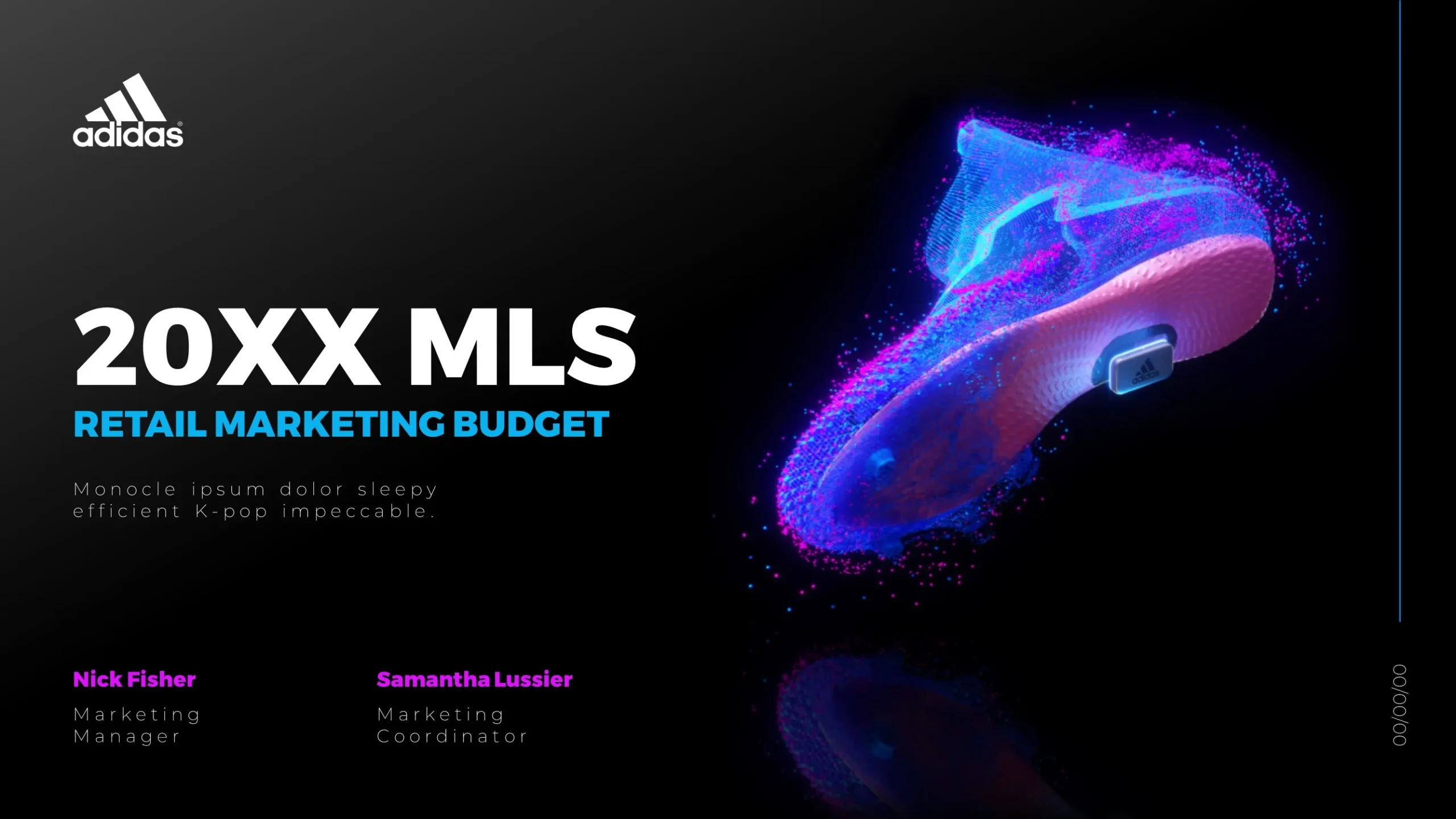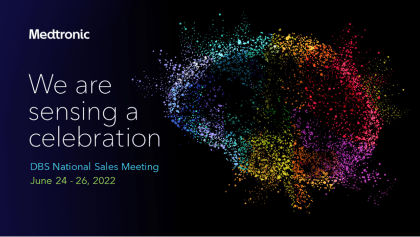Labels in PowerPoint presentations, particularly for medical device executives, can significantly enhance stakeholder engagement, especially in remote and large-scale presentations. They provide a clear, concise, and easily understandable visual representation of data, facts, and other critical information. Here’s how:
Reduction of Cognitive Load
Labels reduce cognitive load by providing clear annotations for graphs, charts, and images. When stakeholders don’t have to strain to understand what’s being presented, they can devote more mental resources to engagement, discussion, and decision-making.
Emphasis on Key Points
Using labels to highlight key points or essential data can guide your audience’s attention to where you want it. This technique can help you control the narrative, ensuring stakeholders focus on the most critical aspects of your presentation.
Easy Reference and Recall
Labels allow stakeholders to easily refer back to specific points or data, fostering a more seamless discussion. They also support better recall of the presentation content, which can be crucial for post-presentation decisions and actions.
Improved Accessibility
Labels can also improve accessibility for stakeholders who may have visual impairments or other accessibility needs. Clear, large, and well-placed labels can make your presentation more inclusive and accessible to all attendees.
Increased Professionalism
Finally, a well-labeled presentation exudes professionalism and attention to detail, which can positively impact stakeholder perceptions and engagement. It shows that you value their time and have prepared rigorously to deliver a high-quality, easy-to-understand presentation.
Overall, effective use of labels in PowerPoint presentations can significantly boost stakeholder engagement, making them an invaluable tool for medical device executives presenting to remote or large-scale audiences.
View Our Presentation Portfolio










